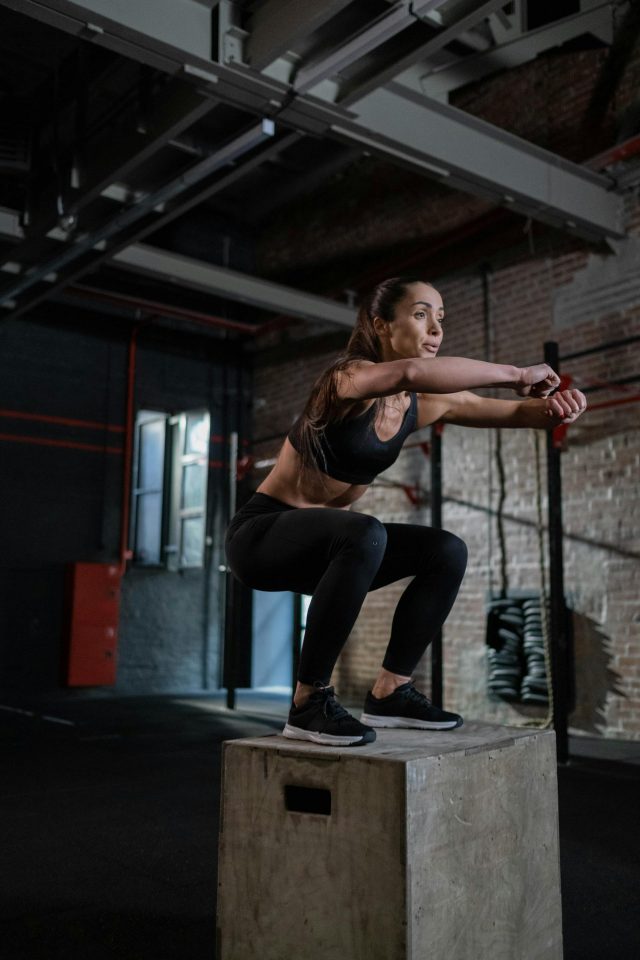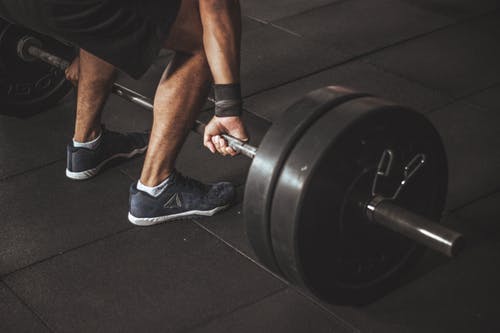Jumping is a critical ability in most sports. Unfortunately though, when an athlete jumps they also have to come down. Landing can be a source of repetitive stress and a source of injury. With that in mind, this post will cover some generalities about how to land and some drills to teach this.
Things to avoid:
Landing off balance: Landing either on the toes or on the heels so that you are off balance is something to avoid. The reason is that we often want to do something after we have landed. We might want to sprint, throw, change directions, prepare for the next play, etc. If we are off balance when we land then we either have to take the time to get balanced or we risk our next move being off.
Valgus: Valgus refers to landing so that the knees move in towards each other. This is thought to increase the risk of ACL injuries when landing.
Varus: Varus refers to landing so that the knees move out and away from each other. This can lead to cartilage and LCL injuries.
Knees forward: Landing so that the knees are pushed forward is another thing that could lead to an ACL injury.
Things to do:
Weight on the middle of the foot: This means we’re not on our toes when we land but we’re also not rocked back onto our heels. This allows us to be balanced and to do something else after the landing.
Hamstrings absorb the landing: This is huge for knee health. We should focus on pushing the hips back when landing.
Progressions to get there:
- The squat: This is such a fundamental exercise. Learning to squat correctly also reinforces the landing position. If we do the squat correctly we’re balanced on our feet, we are moving by pushing the hips back, and the knees move neither inwards or outwards during the squat.
- Land without jumping: For this drill, stand straight up with the feet hip-width apart. From here, drop into a quarter squat where the feet move to shoulder-width apart. If this is done properly, the hips will be pushed back into a quarter squat and the feet will be flat on the ground.
Use both these drills as progressions and specific warm up exercises prior to a plyometric workout to help teach/reinforce good landing mechanics.


